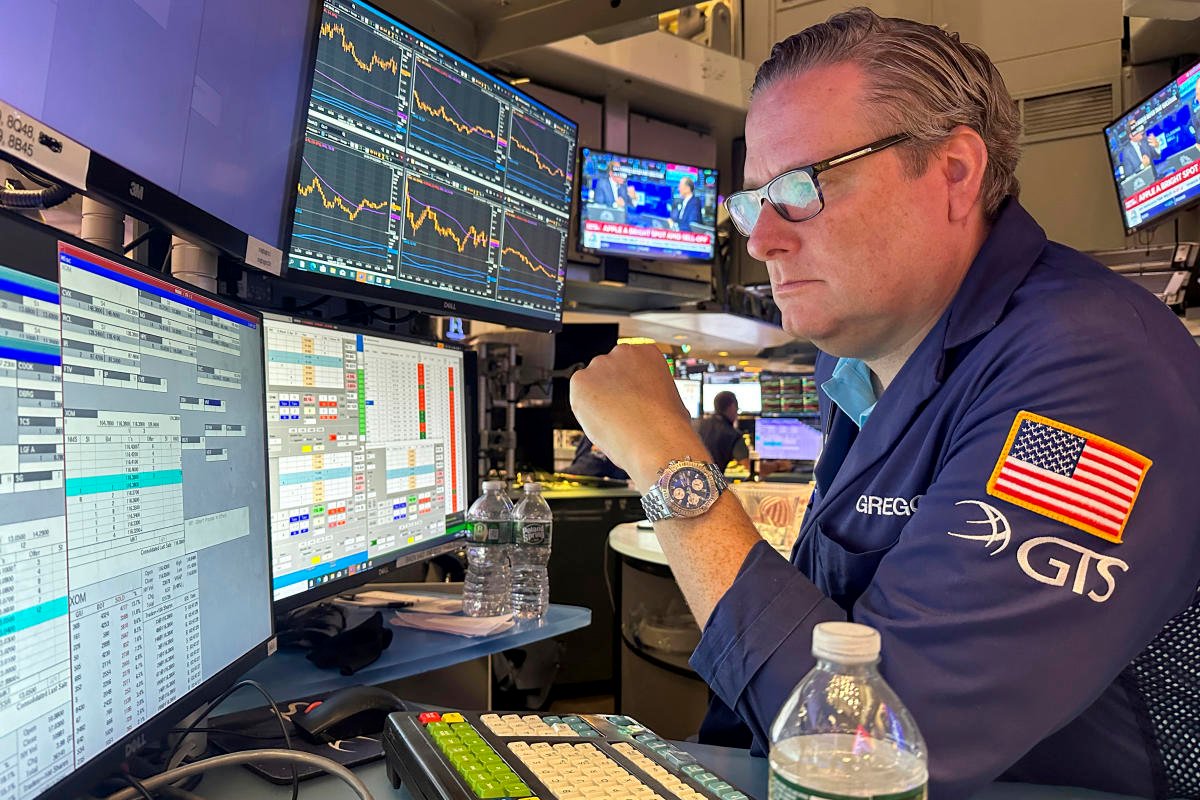Wall Street’s stock sell-off intensified in a major way Monday as concerns mounted over the health of the US economy.
The Dow Jones Industrial Average (^DJI) lost over 1,000 points. The Nasdaq Composite (^IXIC) was crushed by roughly 5% after the tech-heavy index entered into a correction with Friday’s sharp losses. The S&P 500 (^GSPC) losses cascaded around 4%.
Wall Street’s “fear gauge” — the CBOE Volatility Index (^VIX) — soared, reaching its highest level since the early days of the COVID-19 pandemic. Treasury yields plummeted, with the benchmark 10-year Treasury yield (^TNX) sinking below 3.8%.
The global stock market is in the midst of a rapidly intensifying sell-off after Friday’s lackluster US jobs report added to concerns about the economy and on whether the Federal Reserve had waited too long to begin cutting interest rates. Of note, almost 100% of bets are on the central bank to cut rates by 0.5% by its September meeting, according to the CME FedWatch tool.
Some of the biggest companies in the stock market saw their values plummet at the open. Apple (AAPL) declined more than 9% amid the sell-off, and also after news that Berkshire Hathaway (BRK-B) had cut its stake in the company in half. Nvidia’s (NVDA) pull back continued, as it dropped 13%. Tesla (TSLA) plunged more than 10%.
Crypto also took a beating, with Bitcoin (BTC-USD) sinking roughly 15% to creep back toward the $50,000 level.
The concerns have spread throughout the world, as well. Traders in Asia greeted the week with a similar sell-off, as Japan’s Nikkei 225 (^N225) was routed by more than 12% in its biggest-ever daily loss. In commodities, meanwhile, oil was near its lows of the year, with WTI crude futures (CL=F) down to near $72 a barrel.
The US market is headed into a quieter week of data and earnings. With the jobs market still in focus, weekly unemployment claims due Thursday will take a bigger spotlight than usual.
Live3 updates








